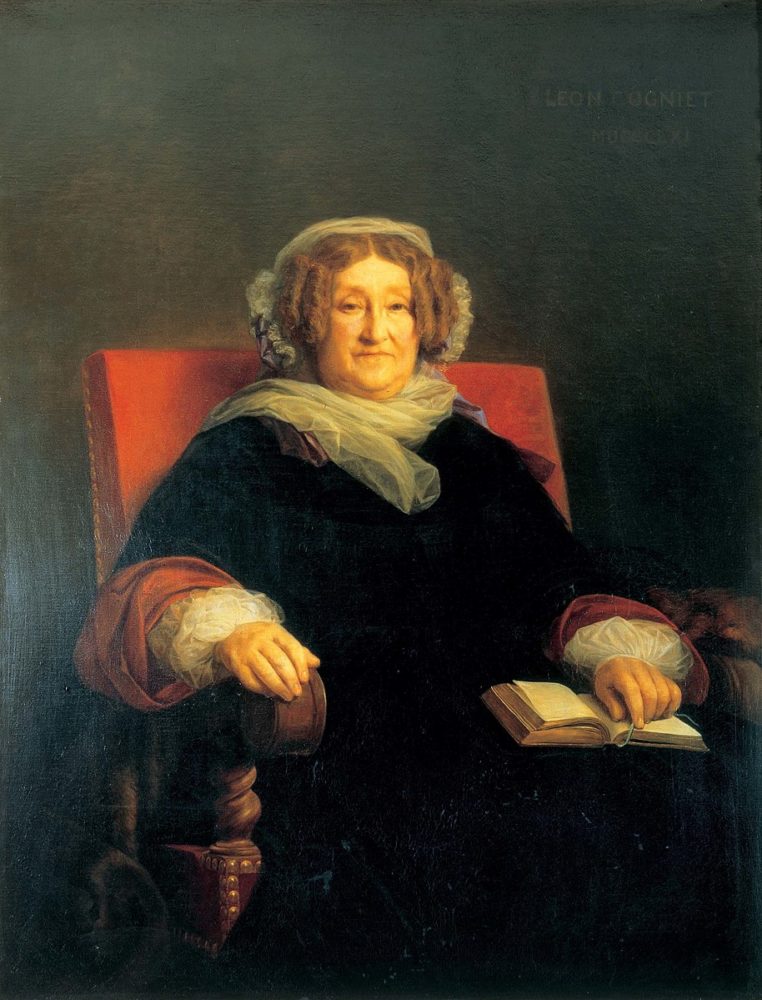
Editor’s Note: In honor of Women’s History Month, we’re sharing profiles of influential women in food and beverage.
Today, Veuve Clicquot is a fan-favorite Champagne brand, synonymous with special occasions – but what most bubbly drinkers might not know is that Veuve Clicquot was also a woman, and one of the world’s first international businesswomen. Born Barbe-Nicole Ponsardin in Reims, France, she became Madame Clicquot in 1798 when she married François Clicquot, whose family was involved in banking, textiles and, of course, Champagne production.
After only six years of marriage, at age 27, Madame Clicquot was left a widow, hence the name Veuve Clicquot ( veuve means “widow” in French). One would not fault her for marrying again, finding another man to take care of her in a time when the institution of marriage pretty much provided just that for women. But instead she did something rather extraordinary — she took her late husband’s business, ditched the wool and the banking, and turned it into a global Champagne empire.
The year before her husband died, the company produced 60,000 bottles. However, six decades later, as noted in The Guardian, when Madame Clicquot died in 1866, the company sold 750,000 bottles. That she took a mid-size champagne business and expanded it across the globe in the 19th century is impressive in and of itself. But when you zoom out and look at the years in which pivotal aspects of this growth took place, the success story becomes even more impressive. Madame Clicquot achieved this against the backdrop of the Napoleonic Wars, which ravaged Europe from 1803 to 1815. Naval blockades and warfare made commercial shipping nothing short of a nightmare.
But despite the hurdles, according to several historical accounts, Madame Clicquot and her business associate, Louis Bohne, managed to sneak a boat full of Champagne through to Russia, making her enterprise at this point in time more akin to smuggling than a commercial exchange. Madame Clicquot apparently chose Russia as the destination for her illicit fizzy cargo because she understood the Russian palate had a predilection for sweet wines, and her Champagne became enormously popular at the Tsar’s court. Her ability to identify and target specific markets for her product – and to successfully get them there during a continental war – set a new standard for brilliant marketing campaigns, a style still emulated by professionals in the field to this day. She most likely knew that if she could get her Champagne into the hands of the European elite, it would propel the brand to the next level, turning it into a beverage the average person would want because they’d seen the rich and famous imbibe it.
As Madame Clicquot’s signature yellow bottles spread across Europe, she further made her mark on the industry, inventing the riddling table which clarified then-cloudy Champagne into the clear bubbly drink we know today. She also created the first known rosé Champagne in a process that is still used by most Champagne producers. Without a doubt, Madame Clicquot earned her nickname, “The Grande Dame of Champagne.” And as a lasting tribute, her company – acquired by LVMH group in 1987 – continues to print her image on the cap of the muselet or wire-cage covering each bottle.
In a letter to her granddaughter, Madame Clicquot once revealed some of her thoughts about innovation,
“The world is in perpetual motion, and we must invent the things of tomorrow. One must go before others, be determined and exacting, and let your intelligence direct your life. Act with audacity.”
While she sounds more like a trailblazing industrialist than a woman making champagne, perhaps that sentiment rings true for a reason. Madame Clicquot’s achievements were and are spectacular: in a period before women could vote, when women did not have equal rights to men, she somehow managed to climb to the highest echelons of the predominantly male Champagne industry and change the trade forever. ◼

